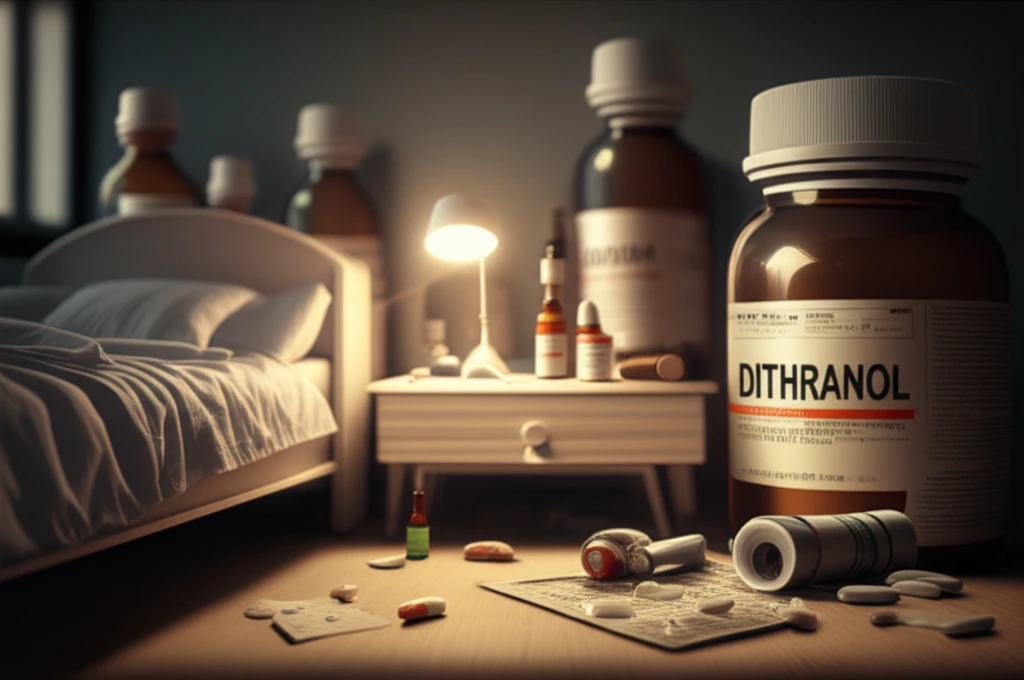
Dithranol Disaster: A Toddler's Skin Emergency & How to Avoid Medication Mishaps
"When psoriasis cream turns into a pediatric crisis: A cautionary tale of accidental exposure, skin reactions, and the vital importance of medication safety in homes with children."
Atopic dermatitis (AD), a common inflammatory skin condition, often presents diagnostic and management challenges, especially in young children. While typically characterized by dry, itchy skin, AD can manifest atypically, complicating both diagnosis and treatment. A recent case highlights the potential dangers lurking in seemingly safe households, emphasizing the critical need for parental vigilance and awareness.
According to a study conducted in Spain, Atopic Dermatitis (AD) presents as idiopathic in 58% of cases, while 42% are associated with sensitization to allergens. In that 42%, 10% were related to food and 26% to airborne allergens. The skin plays an important role in the development of allergic reactions.
Adverse drug reactions are serious public health concerns, leading to increased rates of morbidity and socioeconomic costs. The case of a 2.5-year-old girl with atopic dermatitis reveals how easily medication errors can occur and the importance of careful medication storage.
Accidental Exposure: When Psoriasis Cream Becomes a Hazard

A seemingly ordinary day took a concerning turn for a 2.5-year-old girl with atopic dermatitis. After a history of atopic dermatitis since the age of 2 months, managed with a dairy-free diet, and treatment, she developed severe inflammatory skin lesions accompanied by intense itching. The doctors were initially puzzled. The girl's parents were observant, stating the recent flare-ups of AD, had no connection to foods, consumption or other external factors.
- What is Dithranol? Dithranol, derived from the araroba tree, has long been a treatment for psoriasis.
- Concentrations: Pediatric use requires lower concentrations (0.016%-0.625%) compared to adult applications (0.1% to 5%). The presented case used 2% Dithranol ointment.
- Why is it risky? Adverse effects include burning, irritation, and allergic contact dermatitis. Dithranol's irritant potential complicates allergy testing, potentially exceeding hypersensitivity detection thresholds.
Protecting Children: A Guide to Medication Safety at Home
This incident emphasizes the necessity of diligent medication management and storage. Ensure all medications are stored out of reach of children, clearly labeled, and that family members are aware of potential risks associated with each medication. It also underlines the importance of disclosing to physicians about the accidental exposure in children. By implementing these safeguards, parents and caregivers can create a safer environment and prevent accidental exposures. Being informed, communicative, and proactive is key to protecting children from medication-related harm.
